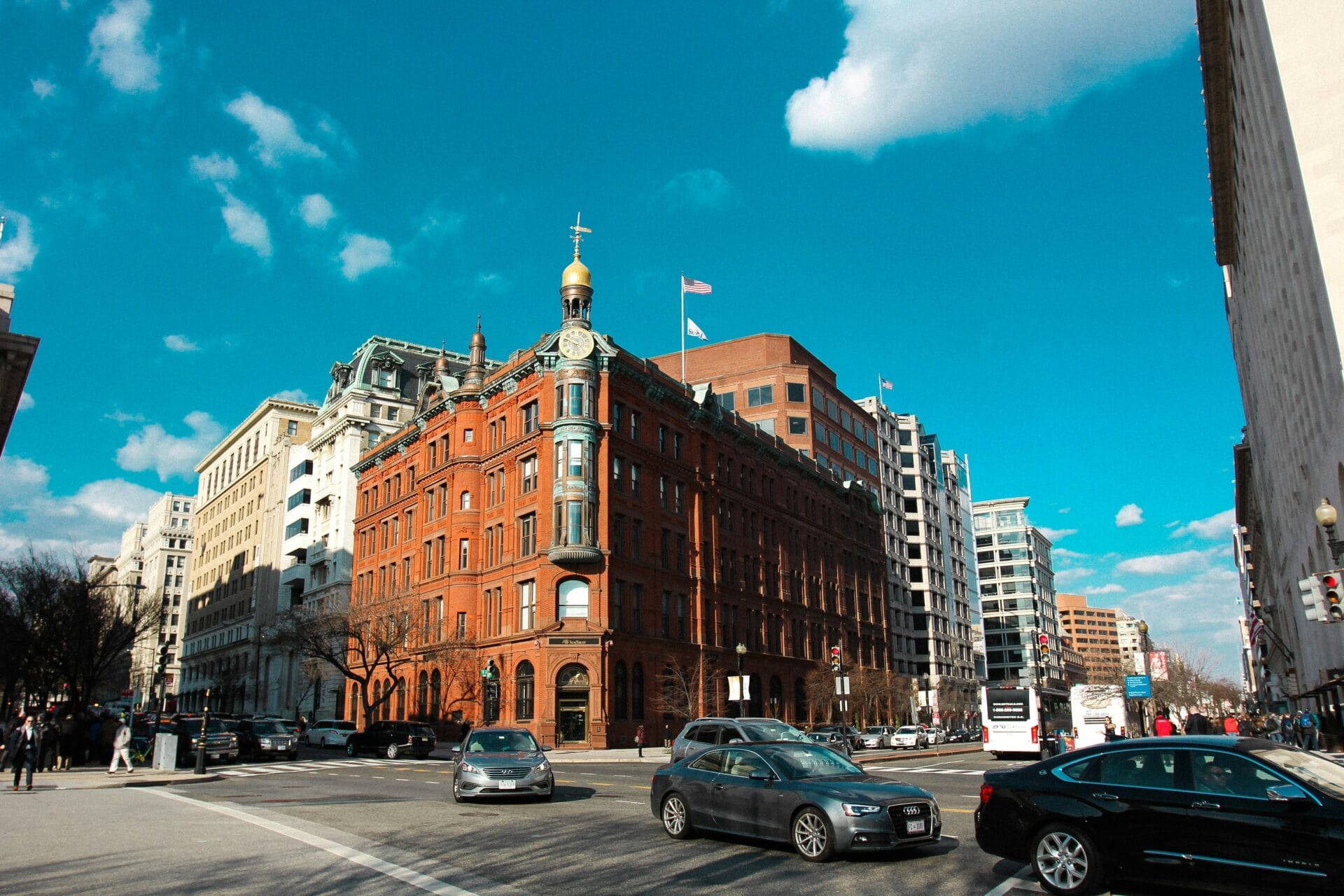If you’re a mid-sized business, odds are you’ve heard the word “captive”. When discussing captive insurance programs with my clients or prospects, I often hear the rebuttal “we are too small for that.” If you’re paying more than $200k in combined General Liability, Workers’ Comp and Auto insurance premiums, that is simply not true.
What is a Captive?
A Captive is an insurance company that is wholly owned by its insureds, also known as members. The company provides insurance to each member along with ancillary services like claims handling, loss control and other risk management tools. Each member’s insurance premium is based solely on their own expected annual losses, or loss pick. Unused premiums are returned to members in the form of dividends.
Group Captives generally offer insurance coverage for lines of business that have relatively predictable claims. For instance, most programs offer coverage for General Liability, Auto and Workers’ Compensation insurance. Excess or Umbrella insurance is typically placed in the standard insurance market and sit on top of the Group Captive primary policies to cover more severe losses. Specialty coverages like D&O, Employment Practices Liability and Professional Liability are also placed separately.
How Can a Captive Lower My Total Cost of Risk?
As mentioned, your premium is based on your company-specific loss pick and additional expenses. If your company has performed extremely well, you will not be “carrying the weight” for tens of thousands of other insureds like you would in the traditional market.
Traditional insurance companies usually do not generate company-specific loss picks when pricing your insurance. They determine your rate based on many factors outside your control like overall book performance, cost of reinsurance, economic conditions, etc. They also add in for expenses like employee salaries, marketing and advertising costs.
If your losses continue to trend in a positive direction, your loss pick (insurance spend) will decrease, and you will begin to realize dividends on unused premiums after year 3. If you have subsequent years in which you have unused premium, your dividends begin to “stack” which is where the most significant cost savings comes to fruition. There are countless instances where companies enter a Captive and continue to grow revenue, fleet size and employee count while seeing their insurance spend significantly decrease.
How do Group Captives Work?
The programs are typically domiciled in captive-friendly jurisdictions that have a long history in the market. As of 2023, the top domiciles are Vermont, Cayman Islands and Bermuda. Each member gets a board seat and voting rights at the company and are required to attend two Board Meetings per year.
There is an upfront collateral requirement to enter a Group Captive. This is typically payable over three years and is a factor of your year 1 insurance premium. Collateral is used to help fund the Captive, collateralize the fronting carrier policy and secure potential bad debt. Collateral can be posted with cash or letters of credit; however, cash collateral will earn investment income which is a significant advantage.
Each member is required to purchase a share of stock in the Captive Company upon entering. Equity also earns investment income.
Every year, the Captive’s actuaries will determine each member company’s “loss pick” which is essentially just expected losses for the year plus certain loss development factors. This is based solely on each company’s loss history and risk profile. Underwriting will use this loss pick and combine it with necessary expenses to run the Captive operations such as claims handling, loss control, travel and other administrative costs.
If a company has higher than expected losses for the year, there is potential for a special assessment. Assessments are limited and each company will know their expected maximum assessment upfront. All annual premiums and expenses are clearly outlined so you can see exactly where every dollar is going.
The Captive uses a “fronting insurance company” (a large financially stable traditional insurer) to provide the policies. Group Captives work based on Captive Resources A/B Fund Model. The A Fund provides coverage for losses from $0 – $100,000 per occurrence. The B Fund provides coverage for severity losses from $100,001 – $500,000 per occurrence. The Captive purchases reinsurance for losses between $500,001 and $1,000,000. Your insurance broker will place an excess policy in the standard market on top of all policies listed above up to your desired total liability limit.
All cash collateral and premiums not used to pay claims are put in an investment account that typically earns 5-6% annual return. Each member’s unused premiums are returned to members three years after each policy period ends.
Who is a fit for a Group Captive?
There are many different factors that play into whether your company is a good fit for a Group Captive.
Financial Stability
Your company needs to have long-term financial strength and stability due to the up-front collateral, stock purchase requirement and the potential for additional loss assessments if members have an abnormally high loss year.
Premium Threshold
You should be paying more than $200k for combined General Liability, Auto and Workers’ Comp premium. There are some Group Captives that have a $100k minimum, however options in this space are limited and often don’t make sense from a financial standpoint.
Loss History & Safety
You need to be a safety conscious company with better than average loss history compared to your industry peers.
Future Oriented
You must also have a long-term entrepreneurial mindset as a business owner. These programs are not a short-term cost-savings strategy, and most members start to recognize significant cost savings after around four years.
Target Industry
Captives exist for various industries. Common areas of focus are Construction, Transportation, Manufacturing, Distribution, Food and Beverage Production, Hospitality, Retail, Agri-Business, Healthcare Services and Oil & Gas.
How do I Join a Group Captive?
The Captive underwriting process starts with making sure your company is ready to enter a Group Captive. It’s important to ensure that your risk tolerance level and balance sheet can handle such an arrangement. Your insurance broker should perform a pre-underwriting assessment of safety culture, risk tolerance, loss history and long-term growth strategy before approaching Captive markets. From there, the underwriting process is much like the standard insurance marketplace. You will fill out applications, conduct a loss control survey, provide financial information and interview with a current member in the Group Captive. The underwriting process can take anywhere from 60-90 days depending on the size of your company; however, we always recommend allowing as much time as possible.
Can I leave a Group Captive?
Yes, you can leave at any time. However, as mentioned, the most significant cost savings come from long-term involvement. Most members of Group Captive’s stay in for several years and many never leave the Captive marketplace. Retention on a yearly basis is more than 97%. The most common reason a company will leave a Captive is due to the sale of their business.
Potential Risks
There is always a risk in any Captive arrangement that your total losses will exceed your expected losses; however, the Captives are structured in a way that your expected payout from special assessments is well known beforehand. This is why it is important to gauge your risk appetite in relation to your company’s balance sheet. With all costs known upfront, you can easily plan for “worst-case-scenarios.”
How HWP Insurance can Help?
Plain and simple, our goal as risk advisors is to minimize your company’s total cost of risk. There are many ways we do this through risk mitigation, risk prevention, risk transfer and risk financing. If you are a mid-sized business and are looking to drive down your overall cost of risk, a Group Captive could be a great fit. HWP is here to guide you through the often-confusing process. We work directly with Captive Resources, one of the largest Captive Managers in the world. They manage total premiums of over $5 billion and have assets north of $12 billion. If you’re ready to get started, reach out to our team today.
About the Author
In his role at HWP, Jack acts as a commercial property & casualty risk advisor focusing on the Private Equity, Construction & Contracting and Commercial Real Estate sectors.
Prior to joining HWP, Jack spent 7 years at global insurer, Chubb. He most recently led the New York City-based Middle Market Private Equity Underwriting team.
Jack holds an Insurance Risk Management degree from the University of South Carolina and an MBA from New York University’s Stern School of Business. He is also a Chartered Property & Casualty Underwriter (CPCU). He is a current member of ABC Chesapeake Shores and the Association for Corporate Growth (ACG).
Enjoying this article?






